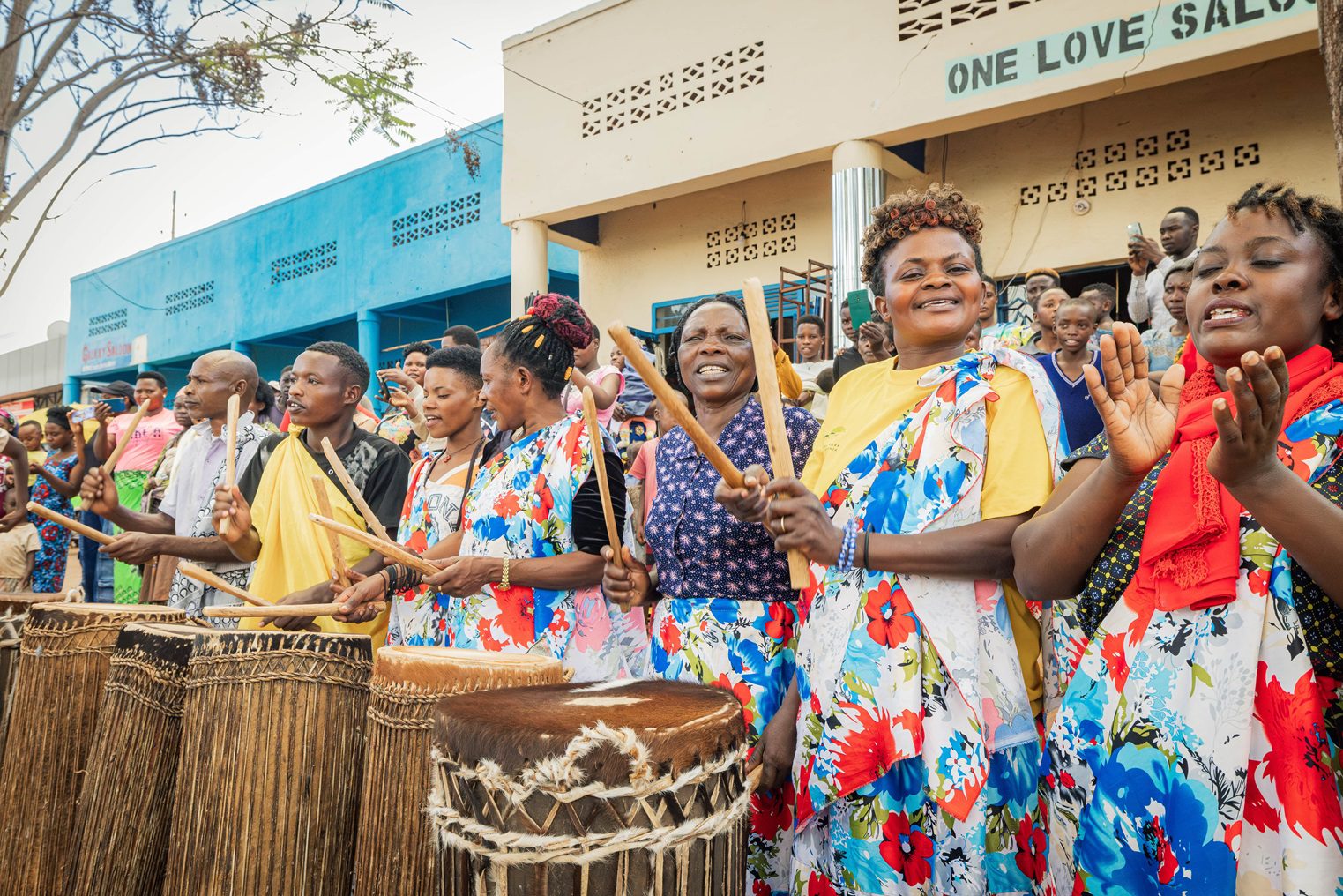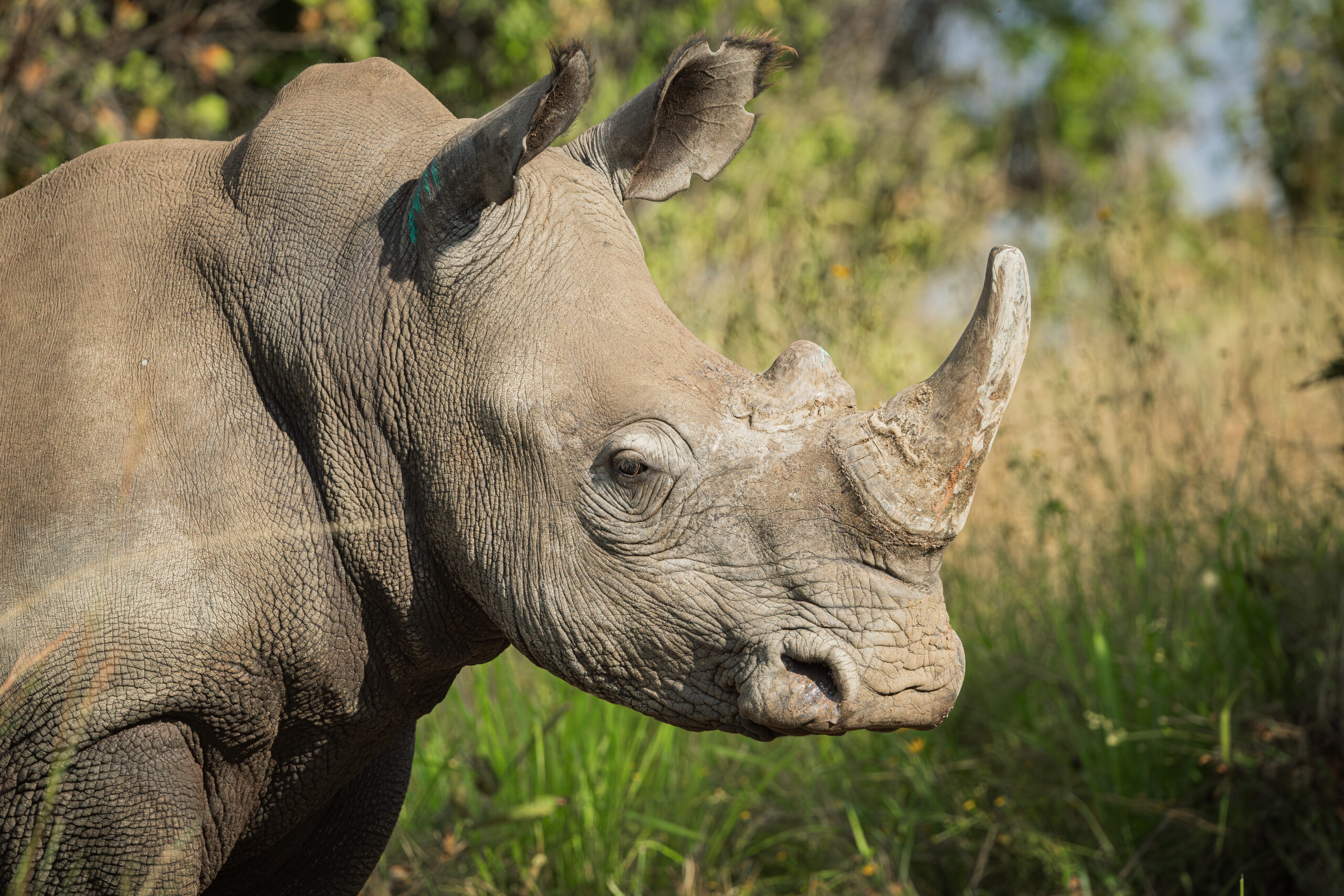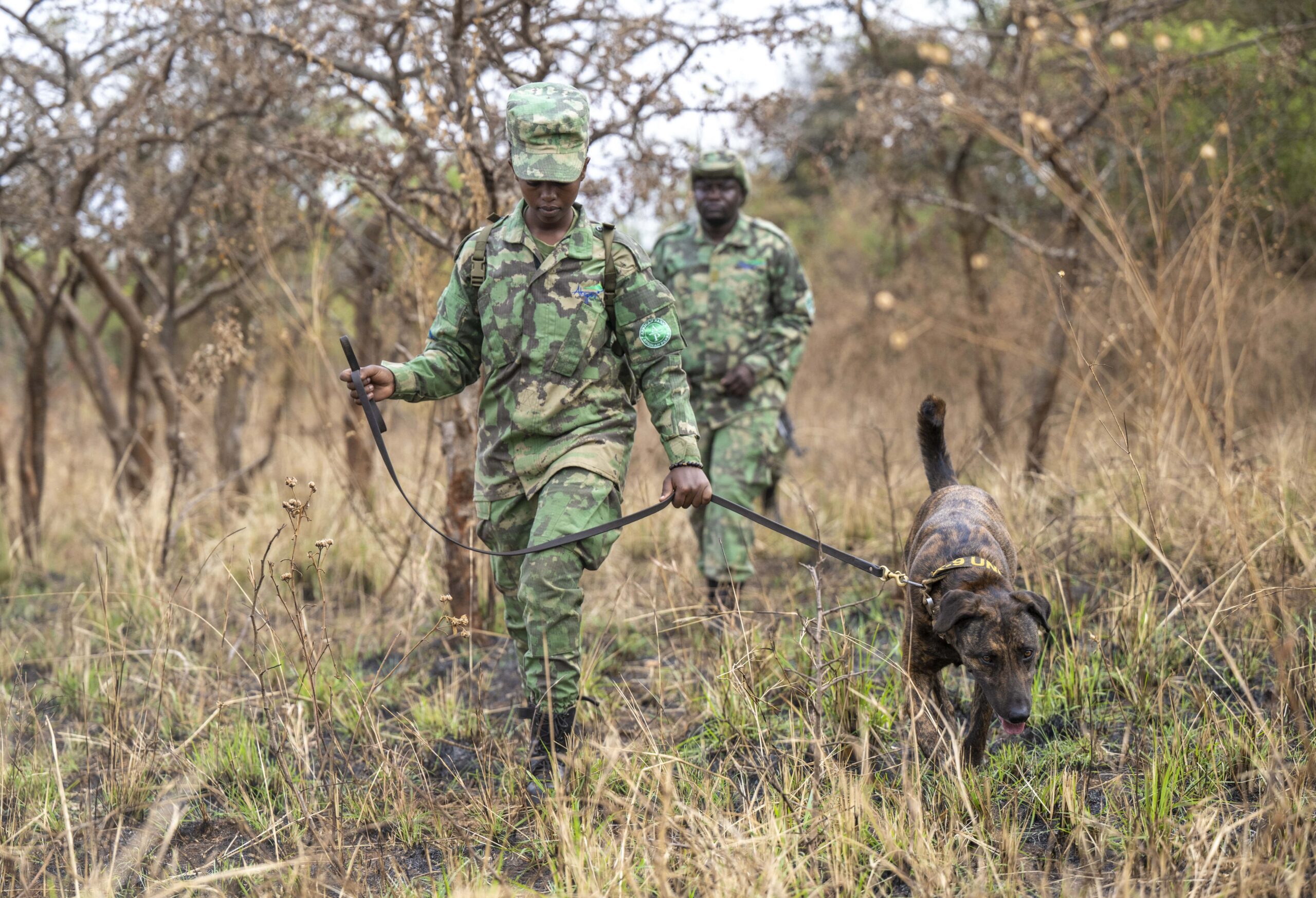Rewilding the Akagera National Park, Rwanda

The local communities are welcoming the arrival of the white rhino in Akagera National Park (Photo: Wiki West)
Recently I visited Akagera National Park with the Sankala Foundation team including Vivek Kapadia, Disha Joshi, Ravina Yadav. It is one of Rawanda’s pioneering income-generating parks. I learnt that a public private partnership (PPP) model has transformed the landscape and improved the lives of the local communities, while also helping to restore key species, including rhino and lion.

Established in 1934, Akagera National Park is the largest protected wetland in Central Africa and the last remaining refuge for savannah-adapted species in Rwanda. The park is named after the Akagera River, which flows along its eastern boundary. Since the early 1990s, Akagera National Park has faced a series of profound challenges due to civil unrest. The region has been severely impacted by the devastating effects of civil war and the horrific genocide in Rwanda, leading to significant disruption of its ecosystem. Furthermore, the park has seen an influx of returning refugees, many of whom brought large herds of cattle. This surge has strained the fragile balance of the park's wildlife, resulting in overgrazing and habitat degradation. The cumulative effect of these events has left a lasting scar on the landscape and biodiversity of Akagera National Park.

A major catalyst for Akagera’s transformation was the 2010 partnership between the Rwanda Development Board (RDB) and African Parks Network, a non-profit conservation organisation that manages protected areas across Africa. This 20-year renewable agreement established the Akagera Management Company (AMC), which is tasked with co-managing the park. This public-private partnership model has proven to be a game-changer.

The transformation brought about by governance and management reforms on Akagera’s ecosystem has been truly significant. The changes have reshaped the landscape and have also revitalised the diverse wildlife and habitats. The populations of six large mammal species—impala, topi, African buffalo, waterbuck, zebra, and warthog—have notably rebounded since the end of the Civil War.

One of Akagera’s most remarkable accomplishments is its success in species reintroduction, which showcases a triumphant return of wildlife to its natural habitat. In 2015, lions were reintroduced after a 15-year absence. In 2017, eighteen eastern black rhinos were translocated from South Africa, re-establishing a species that had been extinct in the park since the 1980s. Furthermore, in 2021, Akagera welcomed 30 southern white rhinos, marking the most significant single translocation of this species in history. These efforts have restored ecological balance and positioned the Akagera as a premier safari destination.

Akagera National Park has experienced a notable increase in visitor numbers, welcoming around 45,000 tourists annually. This rise in tourism significantly contributes to the local economy, with the park generating impressive annual revenue of approximately USD 2 million. Consequently, the park stands out as an outstanding example of self-sustainability, operating with an extraordinary 92% self-financing rate. This financial independence supports the park’s conservation efforts and enhances the visitor experience, allowing for continued investment in infrastructure and wildlife protection initiatives.
Author
-

Dr Pramod leads the team that conducts research and advocacy on sustainable livelihoods, wildlife management, biodiversity conservation, and socio-ecological systems. His work also focuses on strengthening the conservation agenda for seven big cat species (e.g., Cheetah, Jaguar, Leopard, Lion, Puma, Snow Leopard, and Tiger) across their 96 range countries. With a PhD from Clemson University, South Carolina, USA, Pramod applies his expertise in conservation social science theories, methods, and analyses to policy, governance, and sustainability research.
View all posts
With over a decade of experience, Pramod has explored various facets of environmental research, including community resilience, sustainable livelihoods, illegal wildlife trade, human-wildlife interactions, environmental impact assessment, conservation governance, political ecology, and natural resources management. Outside of work, he enjoys playing tennis and gardening in his free time.





